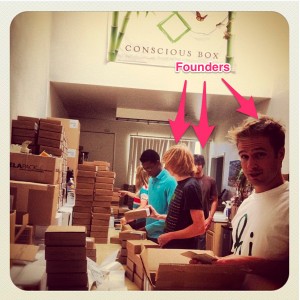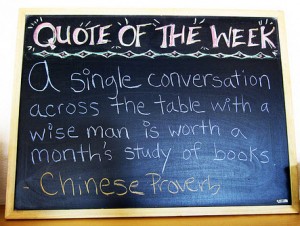— December 6, 2018
Technology was supposed to free us from the shackles of work. In 1930, economist John Maynard Keynes saw the explosion of technology and predicted that in the future his grandchildren would have 15-hour work weeks. While Norway is on track for a 15-hour work week, the rest of us are working the same 40-hour work week or more. What happened?
Equalman has the answer. If you don’t know Equalman—or his iconic green glasses and his t-shirt emblazoned with an equal shield—you might know him in real life as Erik Qualman. Qualman is a motivational speaker, #1 bestselling author on social media and digital leadership, and the second most liked author right behind J.K. Rowling.
In 2010, Qualman promoted the use of social media as valuable tools for business in his book Socialnomics. Now eight years later, Qualman has seen the dark side of social media and the time technology has stolen from us, making our lives more stressful and difficult rather than easier. Seeing the landscape of worn-out workers, he has four suggestions for how you can find a balance with technology to keep you focused in an unfocused world.
Cut your fatigue with the 20/20/20 rule
Research has shown we work best in 20 minute segments, contrary to popular belief. Most of us think we can grind for 5 hours with no breaks and be mentally efficient. That’s a misconception. Instead, you need to refresh yourself to be efficient. Use technology, like your iWatch or smartphone, to remind you to take breaks.
Every 20 minutes take a short break. Qualman suggests you get up from your chair, move, and look at a fixed object 20 feet in the distance for at least 20 seconds. This will help cut down on eye strain and reinvigorate your focus.
Increase your intelligence by doing one thing at a time
Multitasking is another work misconception. What most of us think of as multitasking is really switch-tasking. This means we are constantly switching our focus from one task to another. Switching not only gives you extreme mental fatigue but also reduces your IQ by 15 points, giving you the mental ability of someone who hasn’t slept for 36 hours straight.
Instead of multitasking, do one task at a time. This is easy to advise but hard to practice. Qualman admits he is a recovering multitasker and has to stop himself every day from trying to do two things at once. But if you succeed, you’ll find you have more energy by the end of the day, and you’ll be a little smarter too.
Get more done by cutting out throughput
Ever get to the end of the day and realize you haven’t accomplished anything? You were texting, G-chatting, answering emails, but all the tasks you set out for the day are just laying there untouched and unloved? This is because you have been concentrating on throughput: all the emails and chats that take up your time may make you feel productive, but don’t result in any completed projects.
Like multitasking, the simple answer is hard to do. You must ignore your email for the first few hours of the day while you work on your projects (unless, of course, your job is to answer emails). Qualman knows. He once got 1200 emails over a holiday break. However, his out-of-office message asked people to resend emails if they thought the content was important. He deleted the 1200 emails and only 8 people resent an email.
Prioritize your most important projects
To remain focused, each morning you should jot down the two most important projects or tasks you need to accomplish that day. Then devote your morning to getting these tasks done (avoiding the dangerous throughput mentioned above).
As a bonus, Qualman suggests asking yourself this question developed by Gary Keller: “What’s the one thing you can do, such that by doing it, everything else will be easier or unnecessary?” Then look at your work and ask yourself: if by doing this task, am I making my work easier?
Don’t try all these ideas at once. Pick one and master it. Then enjoy all the extra energy you have. The 15-hour work week isn’t here yet, but if you feel rested it might feel like you have one.
Digital & Social Articles on Business 2 Community
(59)
Report Post






